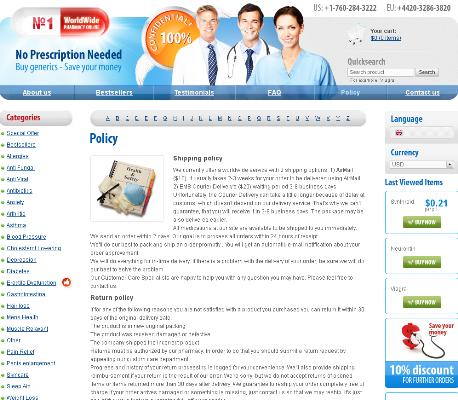Propranolol is used to manage hypertension, supra ventricular arrhythmias, angina pectoris, ventricular tachycardia, to prevent myocardial infarction, essential tremor and pheochromocytoma. Propranolol can also be used as a prophylactic drug for migraine.
Investigational use of Propranolol includes tremor induced as a result of Parkinson's disease, anxiety, schizophrenia and antipsychotic induced Akathisia.
Propranolol Dosage: For hypertension adult dosage is 40mg Propranolol twice a day initially. This may be increased up to 160 mg in 2 divided doses usually. Maximum daily dose should not exceed 640mg.
Pediatric dose of Propranolol for hypertension is 0.5 to 1mg per kg every 6 to 12 hours in divided doses. This may be increased up to maximum of 16mg per kg Propranolol once a day after 5 to 7 days.
I V injection of Propranolol should be given in lower doses where it is highly recommended to monitor ECG and blood pressure.
Pregnancy And Lactation: Propranolol can cross placental barrier. Studies reveal that Propranolol is a safe drug for a child bearing woman if taken for maternal hypertension. Lactating mothers should use Propranolol drug with caution as it may enter the breast milk and harm the child.
Contraindications: Propranolol is contraindicated for patients having hypersensitivity to beta blockers or any ingredient of this drug. Propranolol is also contraindicated for patients having uncompensated CHF (congestive heart failure), asthma, pulmonary edema, COPD (chronic obstructive pulmonary disease), Raynaud's disease and in 2nd and 3rd trimesters of pregnancy. Propranolol should not be discontinued at once rather the dose should be tapered and frequency should be reduced prior to stopping the therapy. Tell your doctor before taking Propranolol in case of known diabetes, muscle or thyroid disorder. Propranolol is a prescription drug and should be taken as prescribed by a medical practitioner. Propranolol should be taken at a specific time of a day and dose should not be altered without consulting your doctor.
Side Effects: Side effects associated with the use of Propranolol may include hypotension, CHF, Raynaud's syndrome, chest pain, amnesia, cognitive dysfunction, depression, confusion, dizziness, fatigue, vertigo, hallucinations, psychosis, eczematous eruptions on skin, rash, exfoliative dermatitis, Steven Johnson syndrome, hyper or hypo glycemia, hyperlipidemia, and hyperkalemia. Gastrointestinal side effects include nausea, constipation, anorexia and vomiting. Propranolol may cause agranulocytosis and thrombocytopenia. Propranolol may also induce respiratory distress, pharyngitis and wheezing. There may be swelling near ankles or in feet, irregular heartbeat, insomnia and exertion while taking Propranolol. In case of missing the dose of Propranolol, take the medicine as soon you remember skipping the drug. If the next dose time gets nearer, do not double the dose and continue with the routine therapy.
Interactions: Propranolol may cause orthostasis if given in combination with alpha 1 blockers. CYP2D6 inhibitors may increase the levels of Propranolol. Aminoquinolines, prpoxyphene, propafenone, quinidine and zileuton may increase the levels of beta blockers. Antipsychotics, rizatriptan and warfarin levels may get increased by beta blockers.

